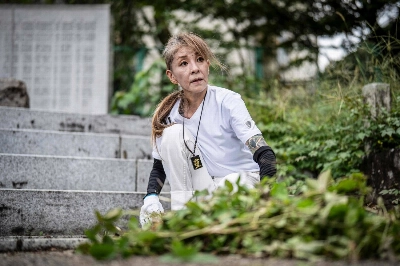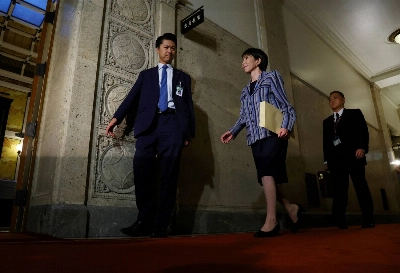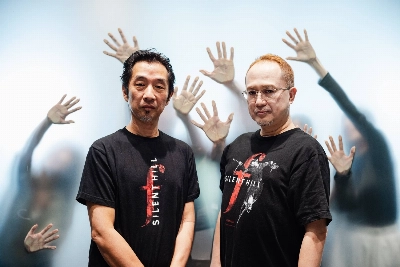It is difficult, if not impossible, for anyone who is not Korean to comprehend the intensity of the reunions held this week in Seoul and Pyongyang. The photographs and news reports convey only a sliver of what happened as families were reunited after a half-century of division. Even the delicate choreography and rigid protocol could not obscure the pain of the Korean people. The outpouring of emotions testifies to the depth of the Korean tragedy and the hope that all of the families will soon be reunited.
It is estimated that there at least 7 million families in South Korea with ties to the North. Apart from a small reunion of 50 people from each side in 1985, there has been no direct contact between residents of the two countries: no mail, no phone calls. no visits. Instead, the two governments fed their citizens a diet of unrelenting hostility in a perverse attempt to solidify divisions between the two countries. Sadly, they succeeded.
This week's historic meetings are the product of the courage shown by South Korean President Kim Dae Jung. He dared to break with the past and reach out to his counterpart in the North, Mr. Kim Jong Il. In an equally bold move, North Korea's leader reciprocated. The two men held an unprecedented summit in mid-June, at which they agreed to the reunions as part of package of tentative reconciliation measures.


















With your current subscription plan you can comment on stories. However, before writing your first comment, please create a display name in the Profile section of your subscriber account page.